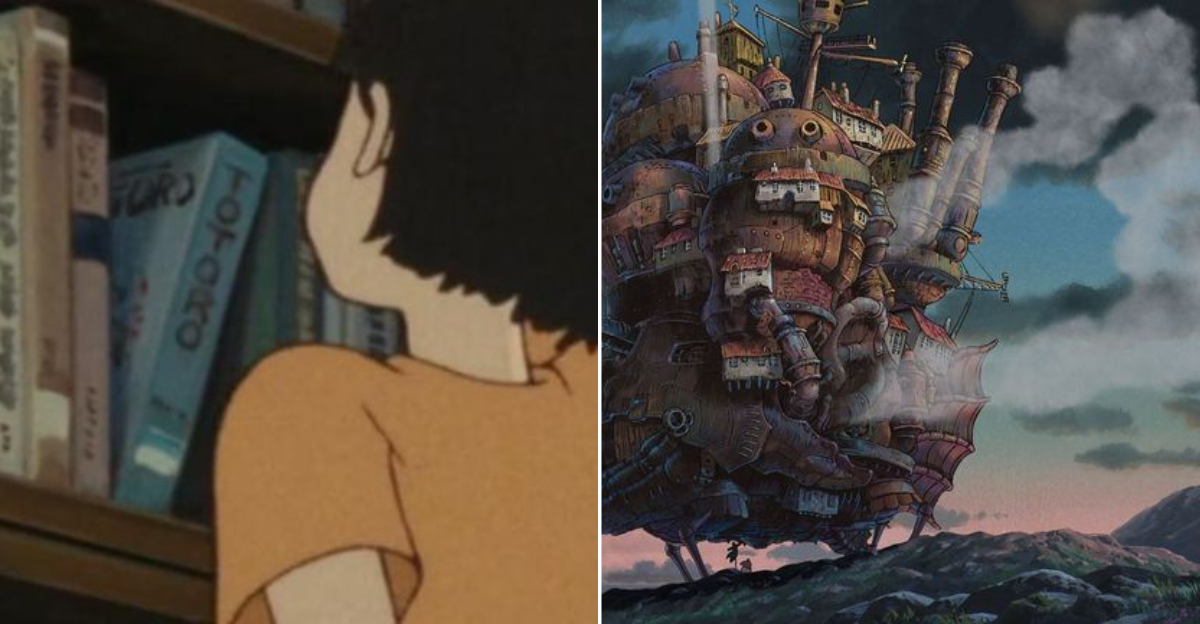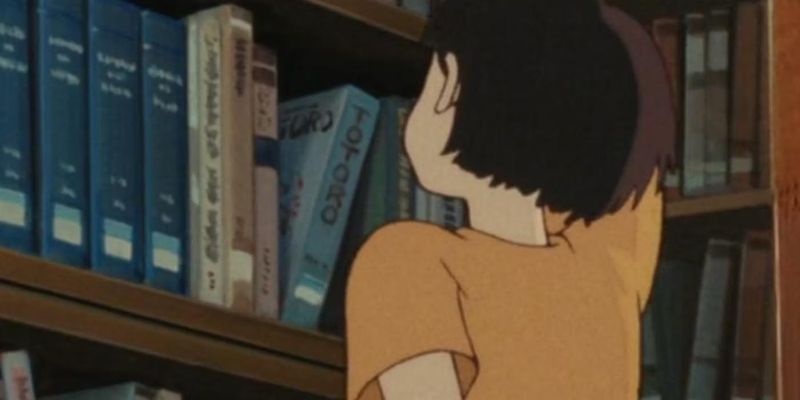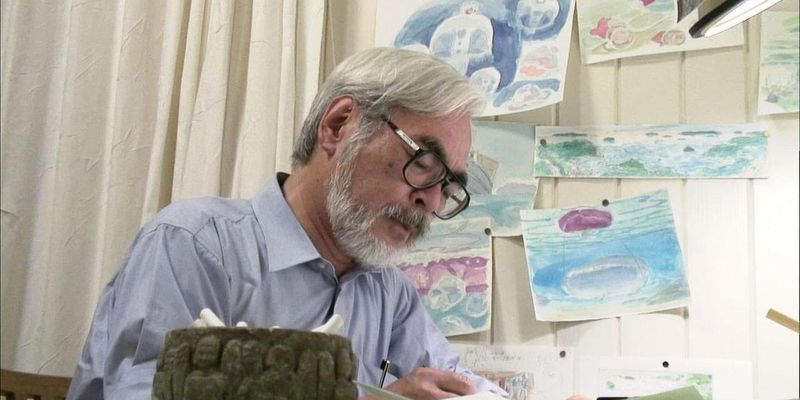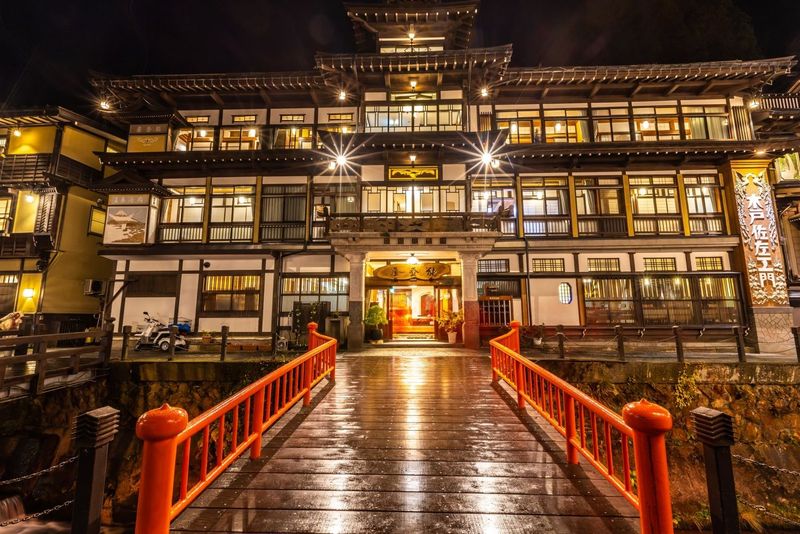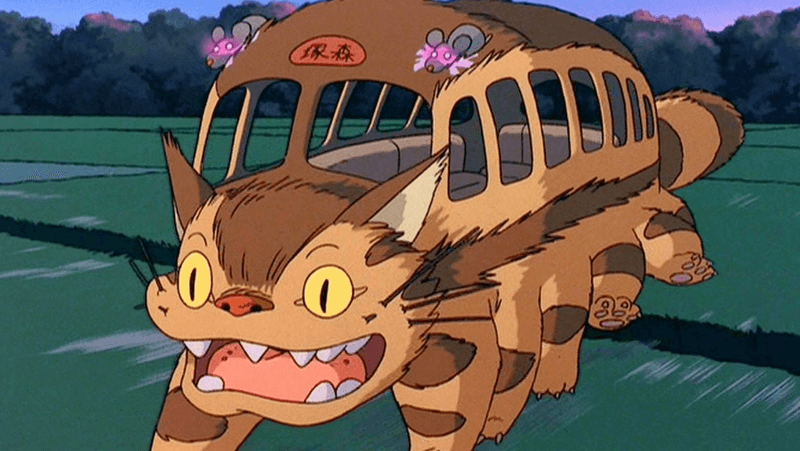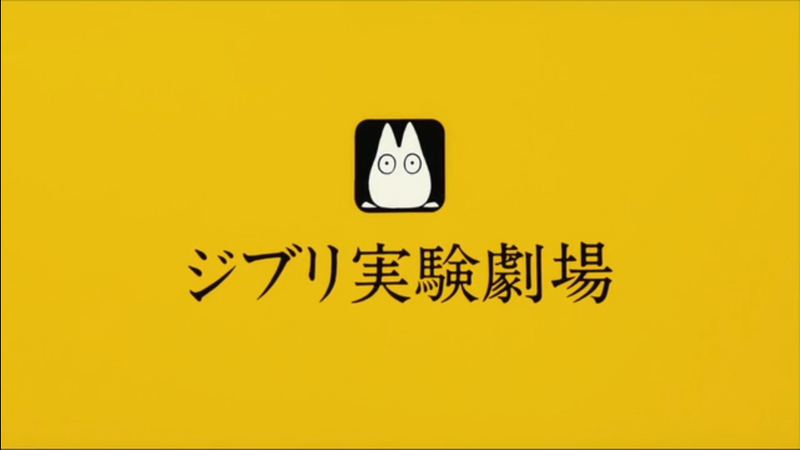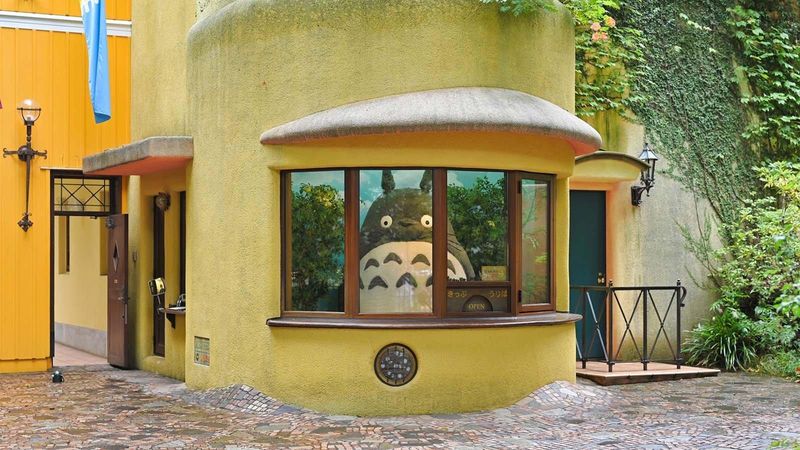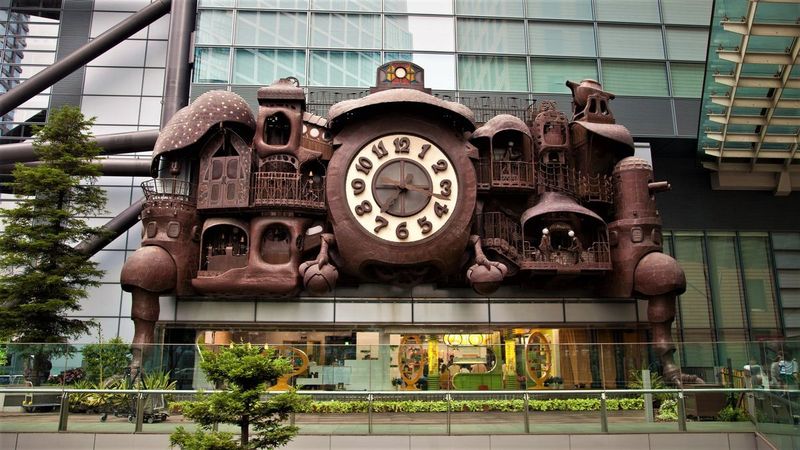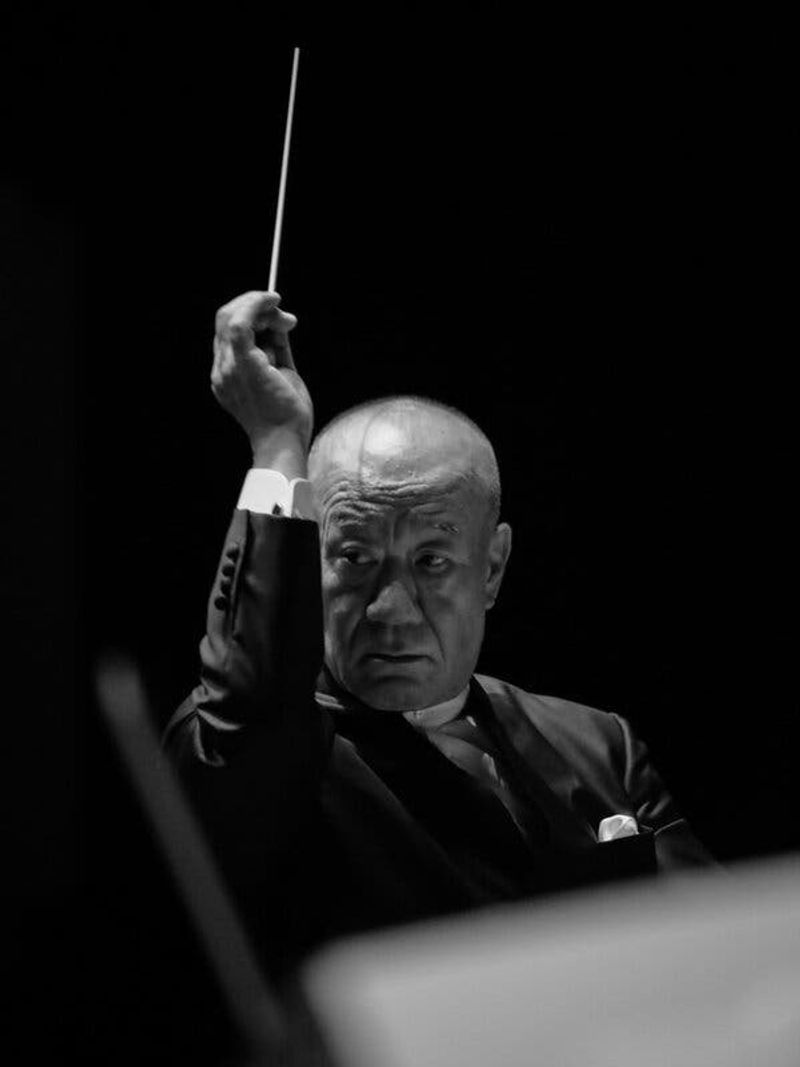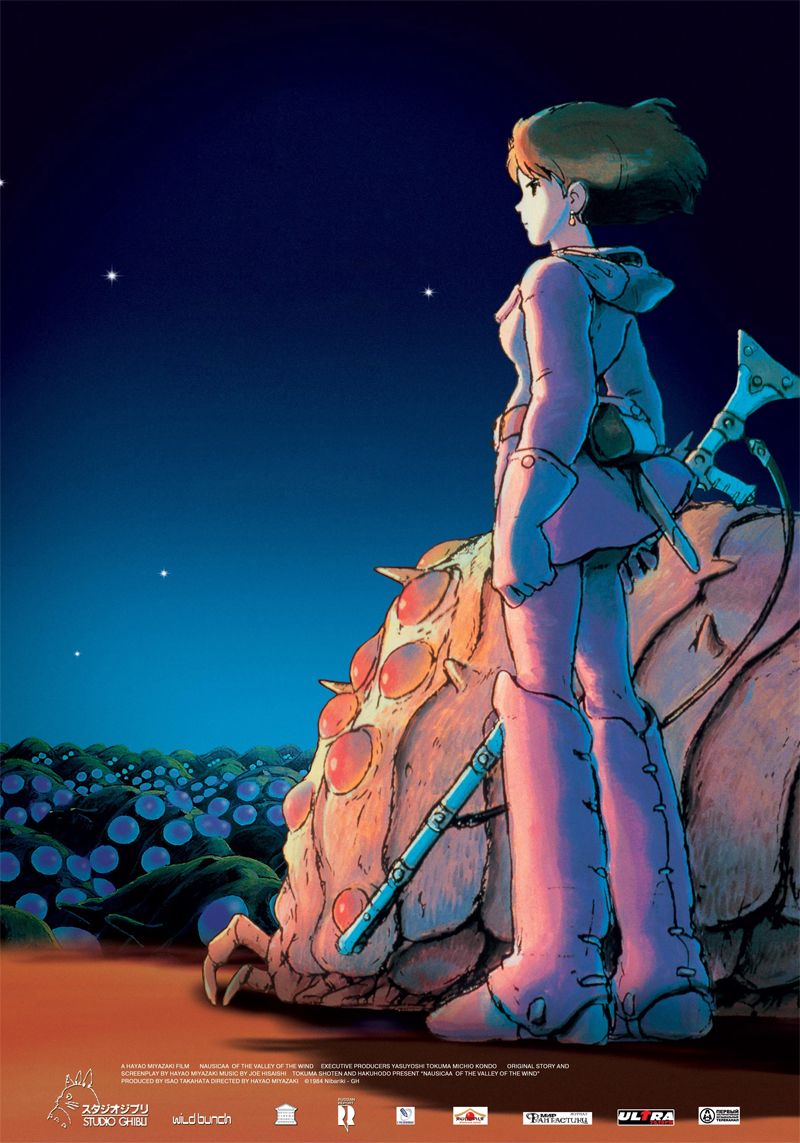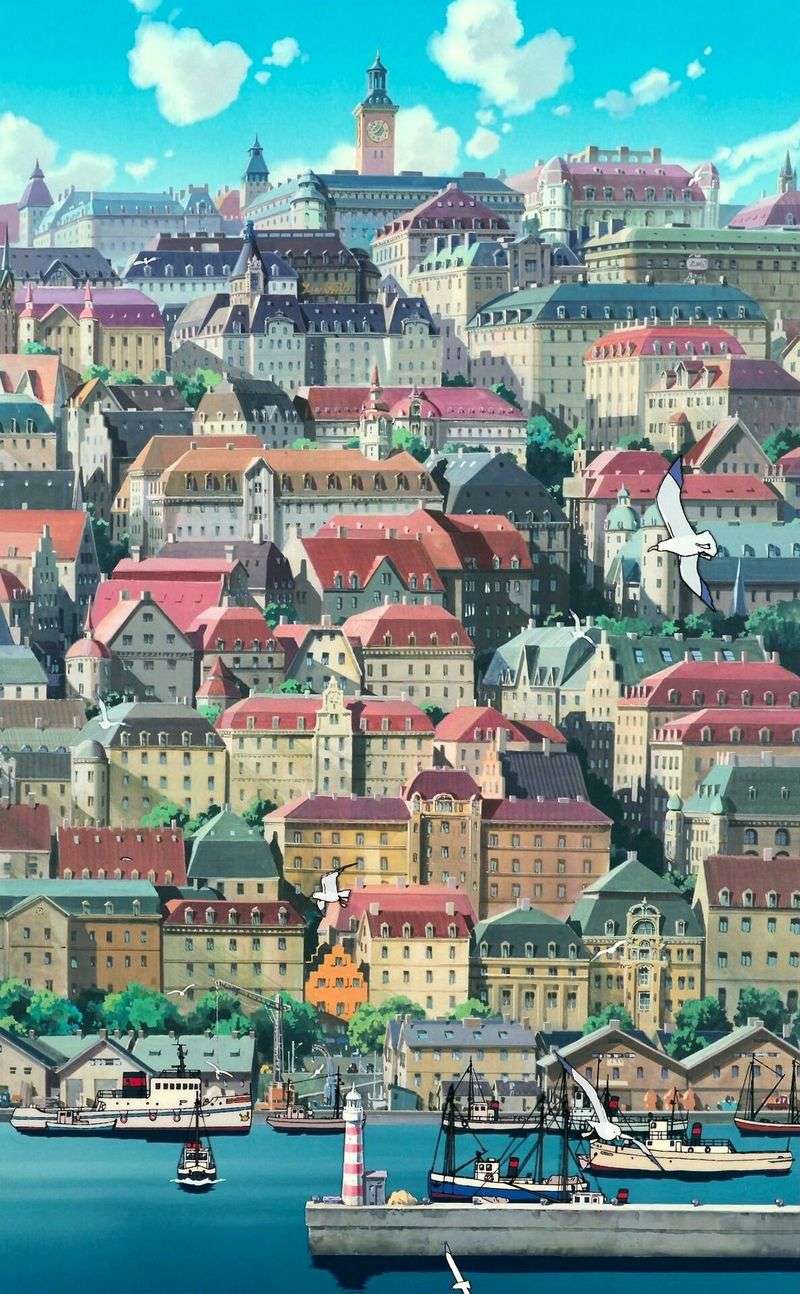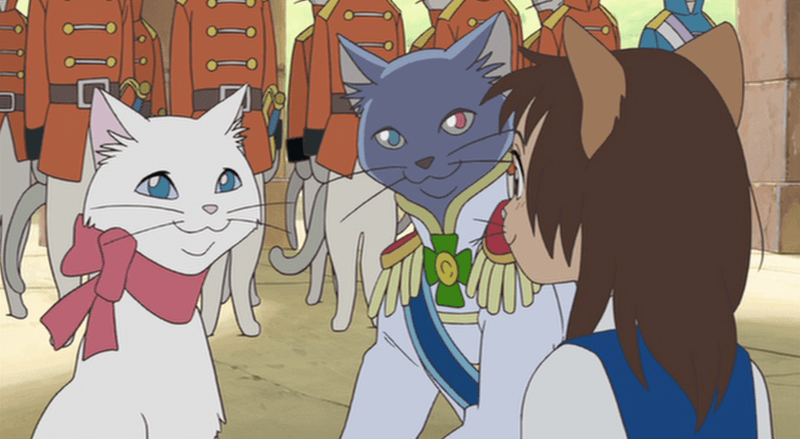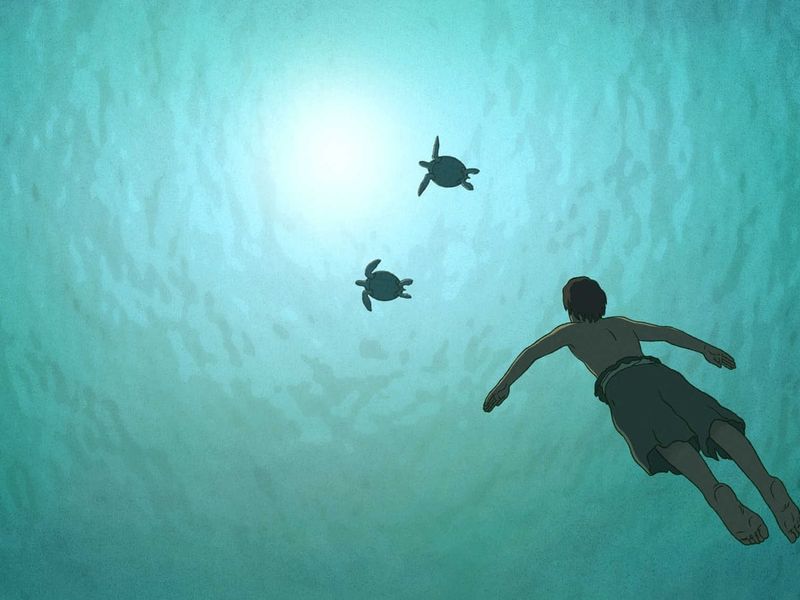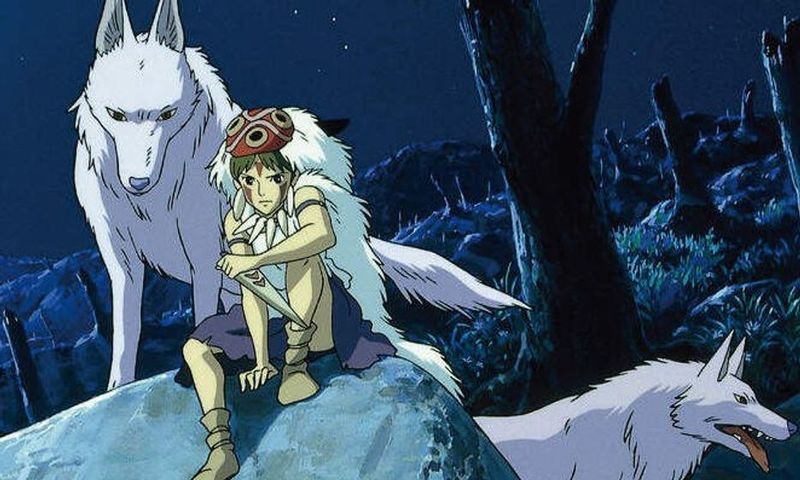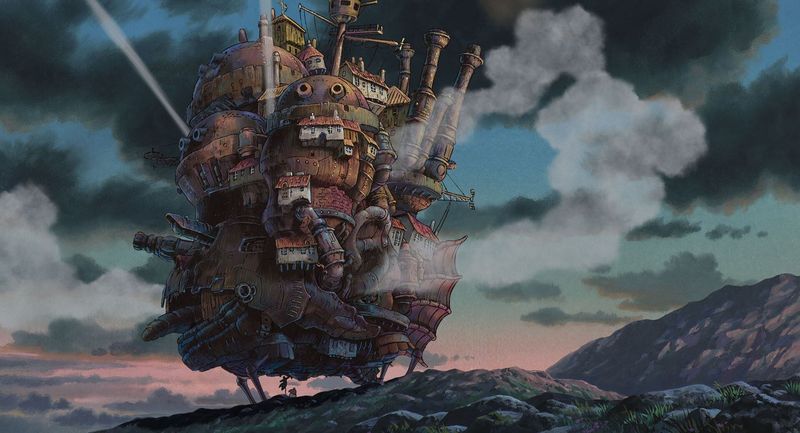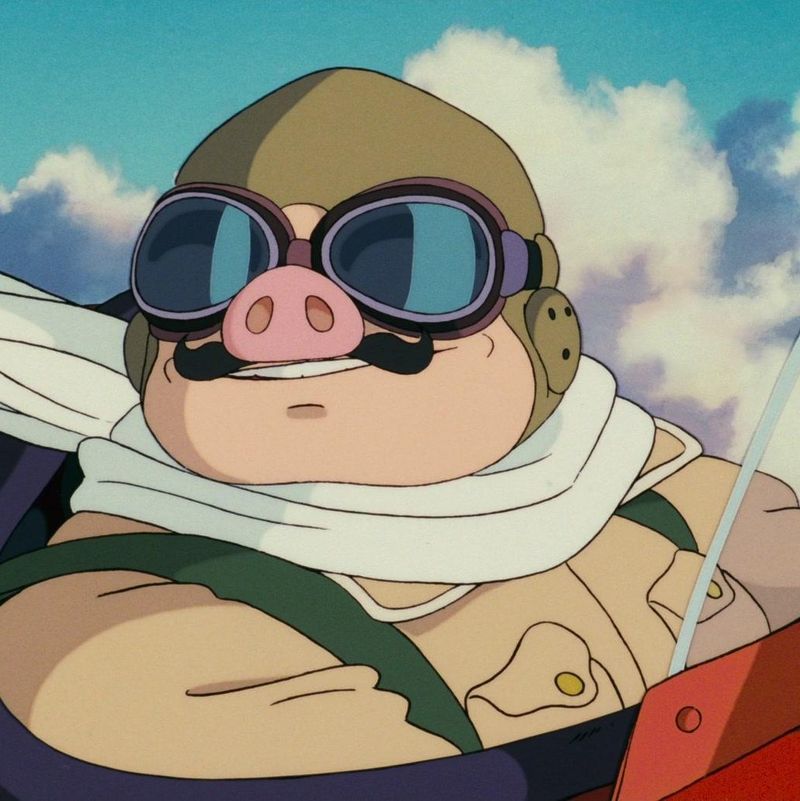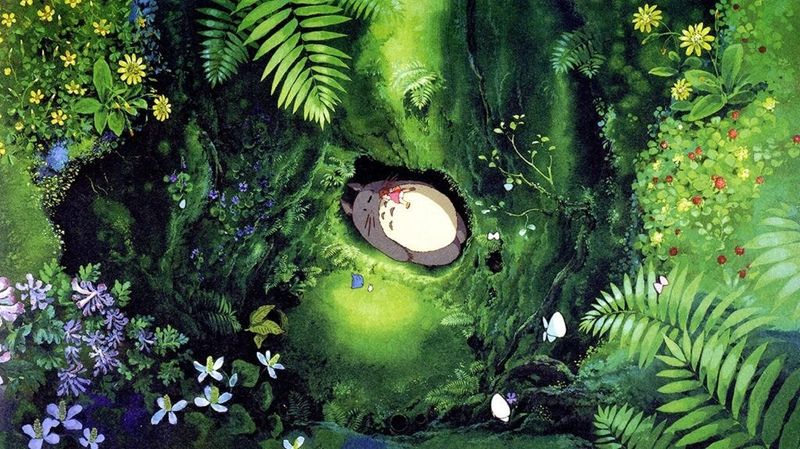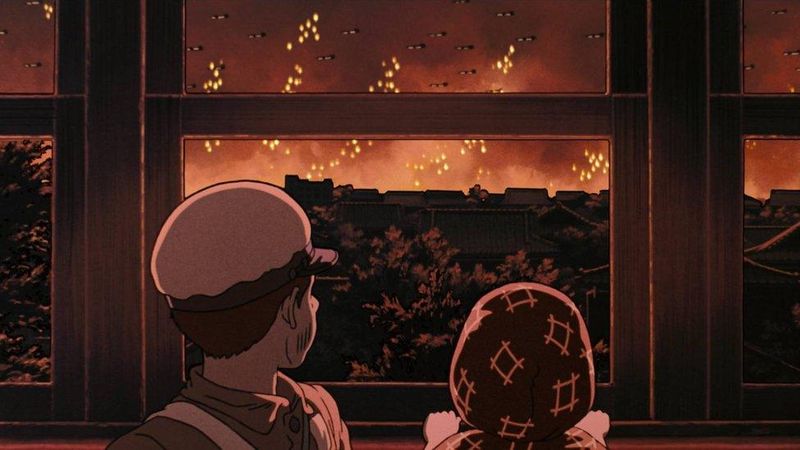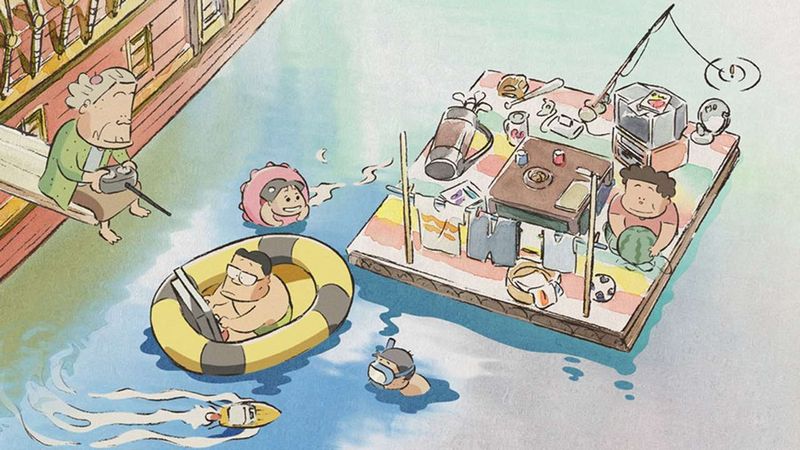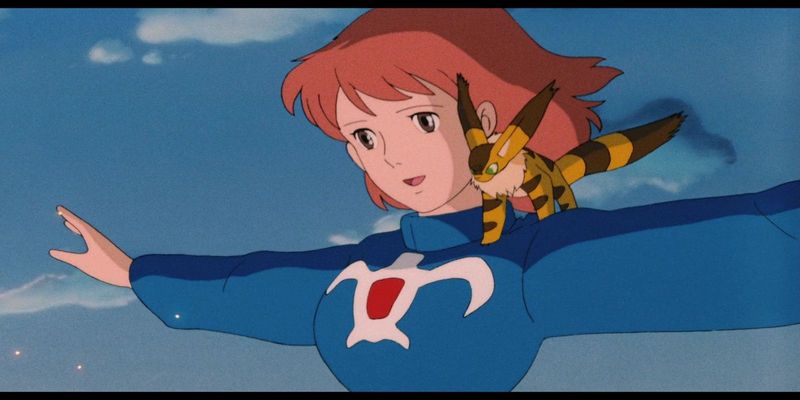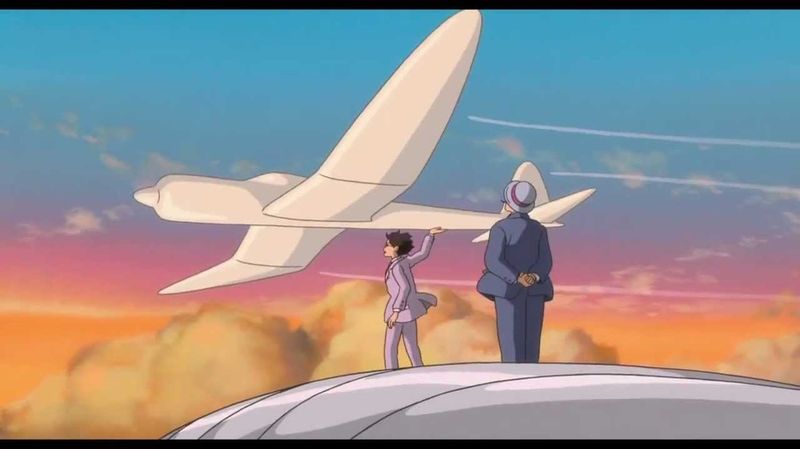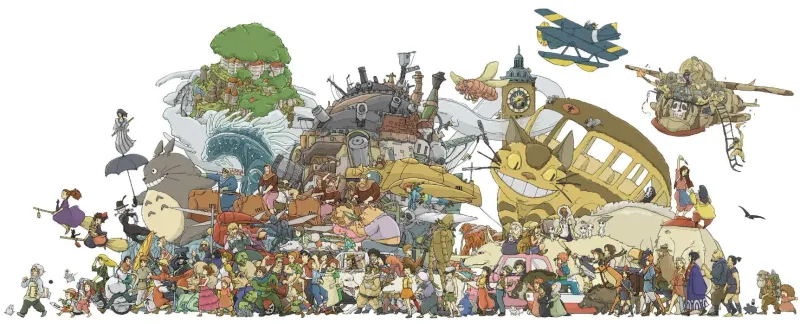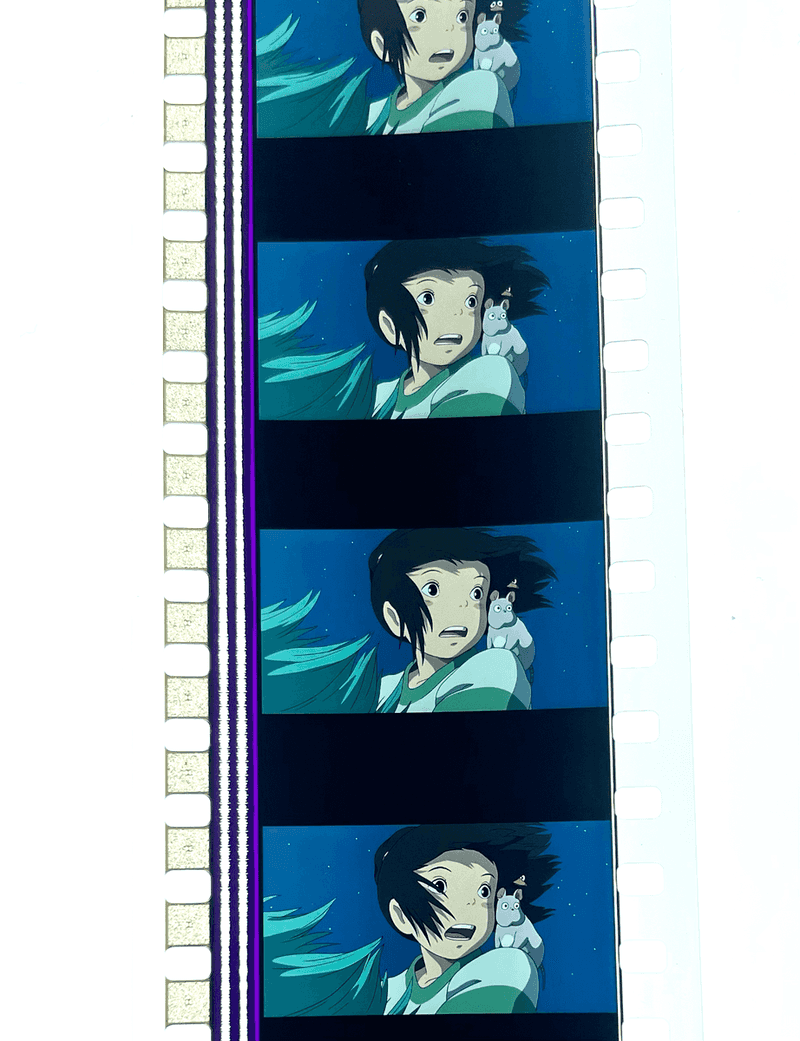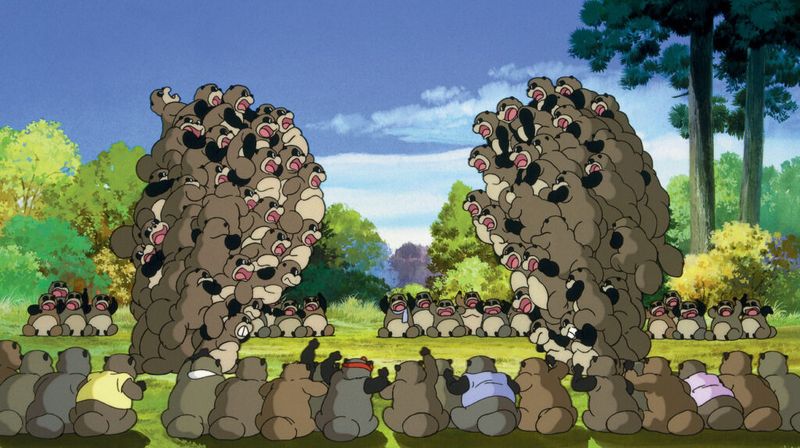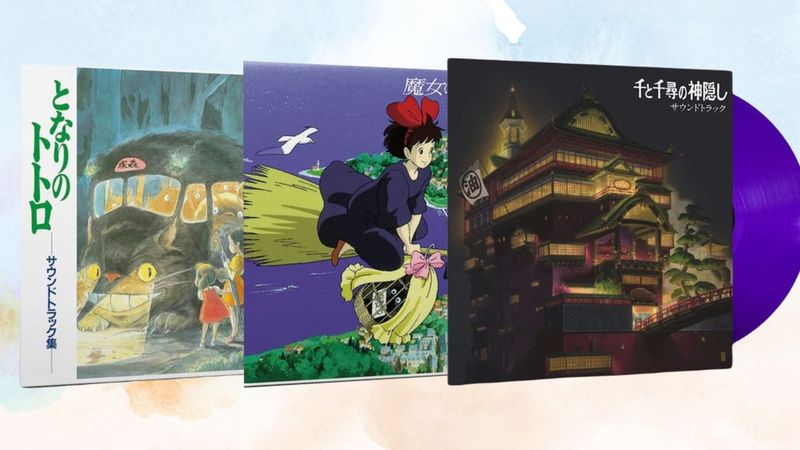Studio Ghibli, the renowned Japanese animation film studio, has captivated audiences worldwide with its enchanting storytelling and stunning visuals.
Despite its global fame, there are many intriguing aspects of Ghibli that even the most ardent fans might be unaware of. From hidden Easter eggs to unique production processes, these lesser-known facts reflect the studio’s rich history and creative genius.
Here, we delve into 24 fascinating insights about Studio Ghibli, offering fresh perspectives and deepening your appreciation for its magical worlds.
1. The Hidden Totoro in Whisper of the Heart
In “Whisper of the Heart,” keen-eyed viewers can spot a tiny Totoro plush in Shizuku’s room. This little nod to the beloved character creates a sense of interconnectedness in Studio Ghibli’s universe.
The plush sits subtly on a shelf, surrounded by books and trinkets that reflect Shizuku’s vibrant imagination. Viewers often describe the experience of discovering Totoro as stumbling upon a secret shared only among devoted fans.
This delightful Easter egg reinforces the sense of a shared world within Ghibli films, where characters and stories intertwine in charming ways.
2. Hayao Miyazaki’s Retirement Plans
Hayao Miyazaki, the legendary director, has announced his retirement multiple times, only to return with new projects. His passion for storytelling and animation is truly boundless, and fans eagerly await each “final” masterpiece.
Miyazaki’s studio is a treasure trove of creativity, with sketches and storyboards littering the desks. In a place where ideas flow seamlessly, he often finds inspiration in the everyday moments of life.
Such dedication showcases his unswerving commitment to the craft, making each film a gift to audiences worldwide.
3. The Real-Life Inspirations for Spirited Away
The iconic bathhouse in “Spirited Away” is inspired by traditional Japanese architecture. Hayao Miyazaki visited several locations to capture the essence of these historical structures.
The bathhouse’s vibrant details and bustling atmosphere transport viewers to a whimsical realm. This commitment to authenticity infuses the film with cultural richness, immersing audiences in a world that feels both fantastical and real.
It’s a testament to Miyazaki’s meticulous research and his ability to weave reality into animation seamlessly.
4. The Symbolism of the Catbus
In “My Neighbor Totoro,” the Catbus is more than just a magical creature; it symbolizes the wonder and unpredictability of childhood. With its wide grin and multitude of legs, the Catbus embodies a sense of joy and adventure.
The design draws inspiration from Japanese folklore, where shape-shifting creatures often feature. This enchanting character transports viewers to a place where the lines between reality and fantasy blur delightfully.
Its magical journeys resonate with audiences, reminding them of the limitless possibilities in the world of imagination.
5. Studio Ghibli’s Unused Logo Design
Before Totoro became the face of Studio Ghibli, an alternate logo featuring a whimsical creature was in consideration. This design reflected the studio’s innovative spirit and creative diversity. Although it was never used, the logo remains a cherished piece of Ghibli history.
It showcases the imaginative breadth that defines the studio’s work, hinting at the countless ideas that fuel their storytelling. Such remnants of Ghibli’s past serve as a reminder of the studio’s ever-evolving artistic journey.
6. The Secret World Beneath Ghibli Museum
The Ghibli Museum in Mitaka, Japan, is known for its enchanting exhibits, but few know about the secret world hidden beneath its floors. These underground levels house rare artifacts and whimsical decor that expand the Ghibli experience.
Visitors who venture here are treated to a deeper look into the studio’s creative process, surrounded by sketches and models that breathe life into beloved films. This hidden gem adds an extra layer of magic to the museum, captivating those who uncover its mysteries.
7. The Ghibli Clock and Its Mechanisms
Outside the Nippon Television headquarters in Tokyo stands the Ghibli Clock, a marvel of intricate design and engineering. Created by Hayao Miyazaki and famed clockmaker Kunio Okawara, it’s a tribute to Ghibli’s whimsical style.
Every day, the clock comes to life, with moving figures and gears that enchant onlookers. This mechanical masterpiece exemplifies Ghibli’s attention to detail, blending functionality with artistry. It’s a must-see for fans who wish to witness a piece of Ghibli magic in the heart of the city.
8. Joe Hisaishi’s Musical Genius
The enchanting scores of Studio Ghibli films are brought to life by Joe Hisaishi, whose compositions perfectly complement the studio’s visual storytelling. His music is a character in itself, evoking the emotions and themes of each film.
Hisaishi’s collaboration with Miyazaki has produced unforgettable soundtracks, from the hauntingly beautiful melodies of “Princess Mononoke” to the uplifting tunes of “My Neighbor Totoro.” His musical genius continues to touch hearts, creating an auditory landscape that lingers long after the credits roll.
9. The Mysterious Disappearance of Nausicaä Sequel
Fans of “Nausicaä of the Valley of the Wind” have long yearned for a continuation of the story. While plans for a sequel existed, they mysteriously vanished, leaving fans to wonder what could have been.
The original film’s expansive landscapes and vivid characters captured imaginations, sparking endless speculation about the sequel’s potential. Though it remains a tantalizing “what if,” the idea fuels fan creativity, inspiring fan fiction and art that keep Nausicaä’s spirit alive in the hearts of many.
10. The Influence of European Architecture
Studio Ghibli’s films often feature architecture inspired by European styles. This influence is evident in the charming villages and towns that populate their animated worlds. Miyazaki’s travels across Europe have informed this aesthetic, resulting in settings that evoke a timeless, fairy-tale quality.
The intricate details and vibrant colors of these scenes create a sense of nostalgia and wonder, transporting viewers to picturesque locales that feel both familiar and fantastical. Such visual richness is a hallmark of Ghibli’s storytelling magic.
11. The Real-Life Cat Returns
“The Cat Returns” features a suave feline character named The Baron, whose real-life counterpart inspired this charming tale. The story’s whimsical nature is grounded in a true encounter with a cat that captured the imagination of Ghibli creators.
This delightful blend of reality and fantasy showcases Ghibli’s knack for drawing inspiration from everyday life. The film’s enchanting storyline invites viewers into a world where cats talk and adventures await around every corner, making it a beloved addition to Ghibli’s filmography.
12. The Art of Minimalism in The Red Turtle
“The Red Turtle,” a unique collaboration between Studio Ghibli and European animators, employs minimalism to tell its poignant story. The film’s visual simplicity enhances its emotional depth, drawing viewers into a meditative experience.
The absence of dialogue invites audiences to connect with the characters and their journey on a more intuitive level.
This artistic choice reflects Ghibli’s willingness to explore diverse storytelling methods, demonstrating their commitment to innovation and creativity in the realm of animation.
13. The Lasting Impact of Princess Mononoke
“Princess Mononoke” stands out as a pivotal work in Studio Ghibli’s history, tackling themes of nature, conflict, and coexistence. Its powerful narrative and compelling characters resonate deeply with audiences.
The film’s depiction of a world where humans and spirits vie for harmony is both timeless and timely. It challenges viewers to reflect on humanity’s relationship with nature, offering insights that remain relevant today.
“Princess Mononoke” continues to inspire discussions on environmental and social issues, solidifying its place in cinematic history.
14. The Intricate Details of Howl’s Moving Castle
The titular structure in “Howl’s Moving Castle” is a masterpiece of imagination and craftsmanship. Its ever-changing form and whimsical design captivate viewers, symbolizing the unpredictability of life.
Miyazaki’s attention to detail is evident in every nook and cranny of the castle, from its creaking wooden bridges to the billowing steam pipes.
This intricate design serves as a character in its own right, reflecting the film’s themes of transformation and self-discovery. It’s a testament to Ghibli’s unparalleled dedication to world-building.
15. The Unexpected Popularity of Porco Rosso
“Porco Rosso,” featuring a pig pilot, defied expectations to become a beloved classic. Its quirky premise and engaging storyline blended humor, adventure, and a touch of melancholy. Set in between-war Europe, the film resonates with its exploration of identity and redemption.
Porco’s journey is both literal and metaphorical, offering audiences a unique cinematic experience. The film’s unexpected success highlights Ghibli’s ability to craft stories that are both unconventional and universally appealing.
16. The Eco-Friendly Practices of Studio Ghibli
Studio Ghibli is committed to environmental sustainability, evident in their eco-friendly practices at their headquarters and productions. The studio’s garden is a testament to this commitment, teeming with native plants and wildlife.
Their dedication to nature is reflected in their films, which often emphasize the importance of environmental stewardship. By integrating eco-consciousness into their operations, Ghibli sets an example for the industry, demonstrating that creativity and sustainability can coexist harmoniously.
17. The Cultural Significance of Grave of the Fireflies
“Grave of the Fireflies” is a heartrending tale of resilience and loss, set against the backdrop of World War II Japan. Its cultural significance extends beyond animation, offering a sobering reflection on the human cost of war.
The film’s poignant storytelling conveys the fragility of life, capturing the emotional depth of its characters.
It challenges viewers to consider the impact of conflict on the innocent, making it a timeless piece that continues to move audiences globally. It’s a testament to Ghibli’s ability to tackle profound themes with sensitivity.
18. The Unique Animation Style of My Neighbors the Yamadas
“My Neighbors the Yamadas” features a distinctive animation style, reminiscent of traditional Japanese watercolor art. This stylistic choice mirrors the simplicity and warmth of everyday family life.
The film’s episodic structure captures the humor and heart of familial interactions, offering a refreshing departure from Ghibli’s usual narrative style. Its charm lies in its ability to find beauty in the mundane, encouraging viewers to appreciate the small moments that define daily life.
19. The Influence of Nausicaä on Environmentalism
“Nausicaä of the Valley of the Wind” has inspired environmental movements worldwide, thanks to its powerful message about ecological balance. The film’s heroine, Nausicaä, embodies the spirit of conservation and harmony.
The story’s themes resonate deeply, urging audiences to reflect on their relationship with the natural world. Nausicaä’s journey is a metaphor for the ongoing struggle to protect the environment, making it a rallying cry for eco-consciousness.
It’s a prime example of Ghibli’s ability to blend storytelling with meaningful social commentary.
20. The Enigmatic Ending of The Wind Rises
“The Wind Rises” presents a complex narrative that intertwines personal ambition with historical events. Its enigmatic ending leaves viewers pondering the balance between dreams and reality.
Jiro Horikoshi’s journey reflects the tension between innovation and its consequences, capturing the bittersweet nature of progress.
This nuanced storytelling invites reflection on the ethical implications of one’s pursuits, leaving a lasting impression that extends beyond the film’s runtime. Such depth underscores Ghibli’s mastery in creating thought-provoking cinema.
21. The Magic of Ghibli’s Hand-Drawn Animation
Despite the growing trend of digital animation, Studio Ghibli remains committed to the art of hand-drawn animation. This traditional approach imbues their films with a unique warmth and texture.
The meticulous process of crafting each frame by hand allows for a level of detail that digital methods often miss. This dedication to craftsmanship is a hallmark of Ghibli’s work, ensuring that each film is a labor of love that resonates with authenticity and artistic integrity.
22. The Rare Ghibli Film Copies
Some of Studio Ghibli’s early film copies are rare collectibles, cherished by fans and collectors alike. These reels offer a glimpse into the studio’s formative years, showcasing the evolution of their animation techniques.
Owning such a piece is akin to holding a fragment of cinematic history, providing insight into the artistic journey that has shaped Ghibli’s legacy. These rare items serve as a testament to the enduring impact of the studio’s creations.
23. The Mythical Creatures of Pom Poko
“Pom Poko” brings to life the mythical tanuki, shape-shifting raccoons from Japanese folklore. The film blends whimsy with cultural heritage, crafting a narrative rich in tradition.
These mischievous creatures navigate the challenges of modernity while preserving their magical heritage. The story’s playful tone is interwoven with deeper themes of conservation and identity, reflecting Ghibli’s ability to infuse their tales with meaning and humor.
24. The Unreleased Studio Ghibli Soundtracks
Some Studio Ghibli soundtracks remain unreleased, tantalizing fans with the promise of undiscovered musical gems. These compositions are a testament to the studio’s dedication to creating immersive auditory experiences.
The music, often as iconic as the films themselves, enhances the narrative and emotional depth of Ghibli’s stories. The allure of these unreleased tracks fuels fan anticipation, highlighting the enduring appeal of the studio’s creative output.
